Transporting antimatter, attosecond X-ray science and 3D insights into avian evolution Understand article
Science in School is published by EIROforum, a collaboration between eight of Europe’s largest inter-governmental scientific research organisations (EIROs). This article reviews some of the latest news from the EIROs.
CERN: Antimatter takes a walk
Working with antimatter is no easy task: when it comes into contact with its matter counterpart, it vanishes instantly. Scientists at CERN successfully produce and store antimatter particles in a variety of experiments, but transporting antimatter from one facility to another has so far not been possible. In the next three years, however, transferring antimatter won’t just be reserved for fictional Hollywood movies, as a project at CERN plans to make it a reality.
Scientists are designing a special antimatter trap that will be placed inside a 1 tonne superconducting solenoid magnet to enable antimatter to be transported without annihilating during the journey. First, antiprotons will be collected at the GBAR experiment at the ELENA facility at CERN where they are produced, before the whole antimatter trap will be loaded onto a van and transported a few hundred metres to CERN’s radioactive ion beam facility, ISOLDE.
There, physicists will insert radioactive exotic nuclei into the trap to observe what happens when they annihilate with antimatter. The project, called PUMA (antiProton Unstable Matter Annihilation), aims to study exotic nuclear phenomena.
Read more about the PUMA project by visiting the CERN website.
Based in Geneva, Switzerland, CERN is the world’s largest particle physics laboratory.
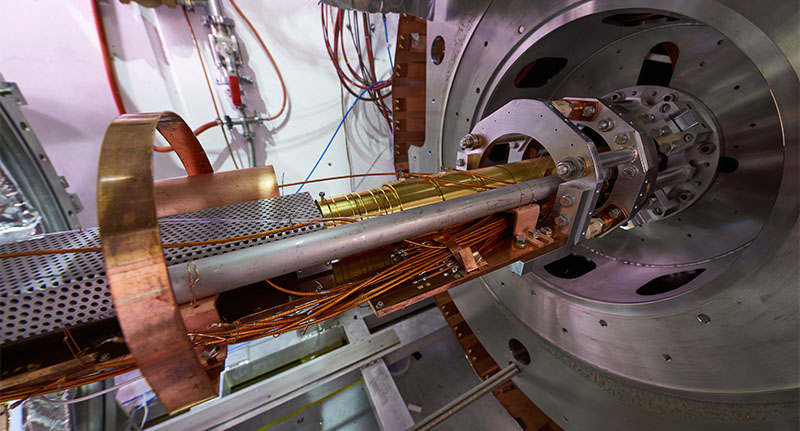
CERN
EMBL: Building fluorescence microscopes from scratch
Could you build a fluorescence microscope in under 90 minutes? In March this year, a group of school students aged 15–16 did just that: using research-grade lenses and objectives packaged into a portable kit, the students built fluorescence microscopes capable of imaging biological samples a fraction of a millimetre in size.
The series of hands-on sessions was organised by researchers at the European Molecular Biology Laboratory (EMBL) and the team at the European Learning Laboratory for the Life Sciences (ELLS) in Heidelberg, Germany. Using their microscopes, the students imaged zebrafish embryos and flower pollen, and showcased their work to EMBL researchers and the local press.
The portable kits, which are designed to be loaned to schools in the future, enthused the students about STEM subjects and gave them an insight into real-life laboratory research.
For more information on this outreach project, visit the EMBL news website.
EMBL is Europe’s leading laboratory for basic research in molecular biology, with its headquarters in Heidelberg, Germany.
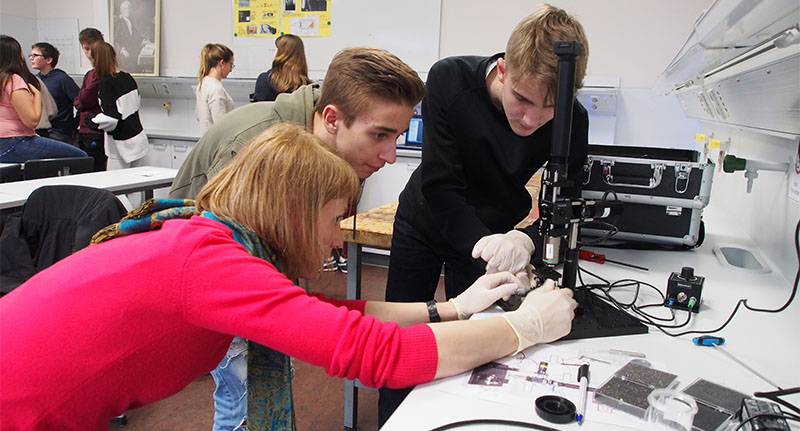
Emma Steer/EMBL
ESA: Atmosphere-propelled satellites for the future
Satellites orbiting close to Earth are subject to a number of perturbing forces, a major one of which is drag. Spacecraft are designed to counteract this drag, but often their working lives are limited by the amount of propellant they can carry on board.
At the European Space Agency (ESA), for example, a novel satellite called GOCE (which provided data about Earth’s gravity field) flew as low as 250 km above Earth for over four years thanks to an electric propulsion system – or thruster – that continuously compensated for air drag. But once the propellant was exhausted, the mission was over.
In early 2018, however, an ESA-led team found a way to overcome this challenge. In a world first, they built and tested an electric thruster that ingests scarce air molecules from the top of the atmosphere for propellant. The molecules are given electric charges so that they can be accelerated and ejected to provide thrust.
This technology could open the way for a new class of satellites that could operate in very low orbits for years on end. Air-breathing electric thrusters could also be used in the fringes of atmospheres of other planets, drawing on the carbon dioxide of Mars, for instance.
Learn more about ESA’s innovative air-breathing electric thruster on the ESA website.
ESA is Europe’s gateway to space, with its headquarters in Paris, France.
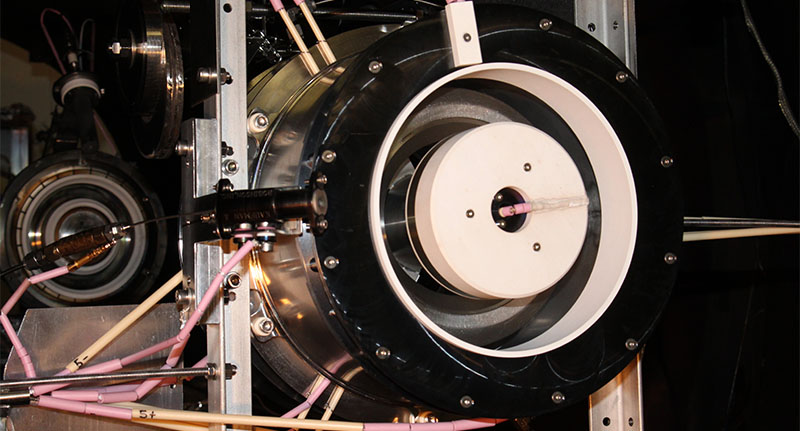
ESA
ESO: Behind the scenes at the European Southern Observatory
The European Southern Observatory (ESO) currently operates an impressive fleet of telescopes, equipped with several dozen instruments. Together, these are pushing astronomy research towards ever more exciting discoveries – but there’s more to ESO than the astronomy news announcements we already release.
Hidden behind the scenes are the people that make ESO work, who all have fascinating stories to tell about their day-to-day lives at the world’s most productive ground-based observatory. That’s why we started the ESOblog, so we can share these stories about our people, technology, and the science they enable. Other items you can expect to read about include quirky and interesting scientific results from our community, updates about famous faces that have recently visited the ESO sites, and features from ESO’s public-facing communication department.
Find the blog on the ESO website.
ESO is the foremost inter-governmental astronomy organisation in Europe and the world’s most productive ground-based astronomical observatory, with its headquarters in Garching, near Munich in Germany, and its telescopes in Chile.

ESO
ESRF: New insights into the evolution of flight
It is common knowledge that modern-day birds evolved from extinct dinosaurs, but many questions about their early evolution and the development of avian flight remain unanswered. One particular question is whether Archaeopteryx (a bird-like dinosaur whose transitional fossils are key evidence in evolutionary debates) was capable of flying, and if so, how?
Archaeologists have so far discovered 12 Archaeopteryx fossils, which are preserved in limestone slabs that reveal only part of their morphology. Now, an international team, including scientists from the European Synchrotron Radiation Facility (ESRF), have used synchrotron microtomography to probe inside the fossils and create a 3D model of Archaeopteryx.
The scanning data unexpectedly revealed that the wing bones of Archaeopteryx share important adaptations with those of modern flying birds. Data analysis also showed that the bones of Archaeopteryx are more similar to those of birds (such as pheasants) that occasionally use active flight to cross barriers or dodge predators, rather than to forms that are optimised for endurance flight. It is now clear that Archaeopteryx represents part of the first wave of flight-capable dinosaur species, which eventually went extinct.
For more information on the study, read the original research paper:
Voeten D et al. (2018) Wing bone geometry reveals active flight in Archaeopteryx. Nature Communications 9(923): 1–9. doi:10.1038/s41467-018-03296-8
Situated in Grenoble, France, ESRF operates the most powerful synchrotron radiation source in Europe.
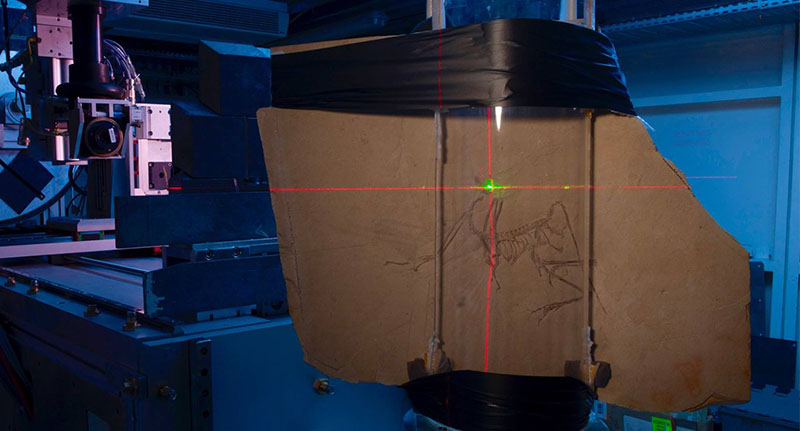
ESRF/Pascal Goetgheluck
EUROfusion: A world record in plasma exposure
To replicate the process of fusion on Earth, gases are heated to extremely high temperatures inside fusion devices until they turn to plasma. The linear fusion device Magnum-PSI, which is operated by the EUROfusion consortium member, the Dutch Institute for Fundamental Energy Research (DIFFER), is routinely used to test whether materials scheduled for use in future fusion experiments can withstand these extreme temperatures. In particular, such experiments give insights into the materials that can be used in ITER – the world’s biggest fusion device currently under construction in Cadarache, France.
Recently, scientists set a new world record for the longest exposure of a material to the harsh plasma conditions, by exposing tungsten wall components to the equivalent of a full year of high-power fusion operations in the future ITER reactor. Researchers at the facility will now investigate how ITER’s wall materials will change during their lifetime in the reactor.
EUROfusion manages and funds European fusion research activities, with the aim to realise fusion electricity. The consortium comprises 30 members from 26 European Union countries as well as Switzerland and the Ukraine.
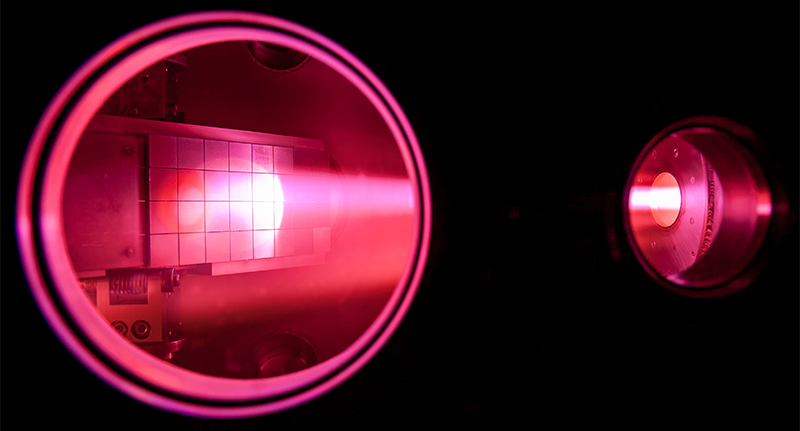
DIFFER
European XFEL: Entering the realm of attosecond X-ray science
The European X-ray Free-electron Laser (European XFEL) generates X-ray pulses lasting a few millionths of a billionth of a second, or a few femtoseconds (10–15 seconds). These ultrashort flashes help scientists to understand the individual stages of a chemical or biological reaction. But some natural processes are even faster: to observe these, we need even shorter X-ray flashes, at the attosecond timescale (1/1000 of a femtosecond, or 10–18 seconds). The technology is almost ready to generate such fast X-ray pulses, but scientists must also be able to record the exact time and energy structure of each pulse to characterise their existence.
With this in mind, an international team of scientists developed a technique to do just that. Using the shortest X-ray pulses available at the Linac Coherent Light Source (LCLS) in the USA, they created a method involving circularly polarised light that acts as a ‘clock’ by which to sort the resulting experimental data.
Crucial to this method is a spectrometer developed at European XFEL’s close partner, the Deutsches Elektronen-Synchrotron (DESY) and adapted by European XFEL for use on hard X-ray free-electron lasers such as European XFEL and LCLS. The spectrometer consists of a ring of individual spectrometers aligned on a plane perpendicular to the X-ray beam. These pick up individual electrons, giving scientists crucial information about features of the beam.
European XFEL is a research facility in the Hamburg area in Germany. Its extremely intense X-ray flashes are used by researchers from all over the world.
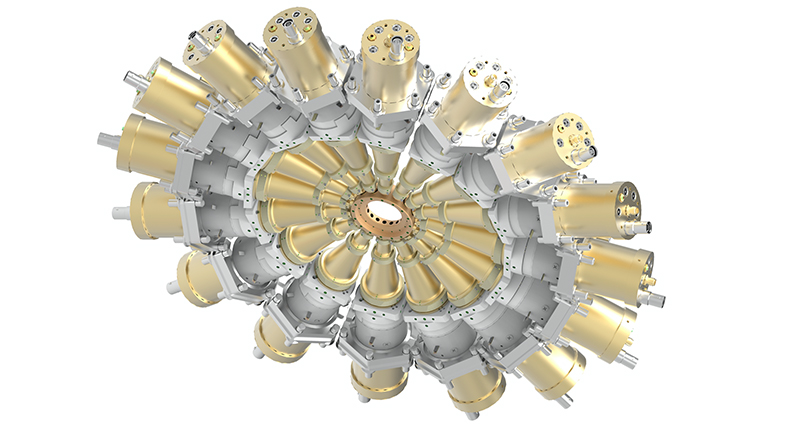
Frank Scholz & Jens Buck/DESY
ILL: Search continues for fourth neutrino
Neutrinos are notoriously difficult to detect, as these elementary particles do not carry any electric charge and interact only rarely with matter. We know of three types (electron neutrinos, muon neutrinos and tau neutrinos), but are there more?
In 2011, researchers noticed that two unexplained experimental results could be reconciled if a fourth neutrino existed. This hypothetical particle is known as the ‘sterile’ neutrino, and several experiments have been designed to test its existence.
One such experiment is STEREO, a French-German experiment designed for precisely measuring the rates and energy profiles of the neutrinos generated by the Institut Laue Langevin (ILL) reactor. The experiment released its first results in March 2018, which exclude the presence of a hypothetical fourth neutrino in the region observed. A larger data sample is expected by the end of 2019.
Thanks to the highly enriched uranium fuel in the ILL core, STEREO will also provide a new benchmark for the neutrino spectrum produced by the fission of uranium-235, which is of utmost importance for many other reactor neutrino experiments.
Based in Grenoble, France, ILL is an international research centre at the leading edge of neutron science and technology.

ILL
EIROforum
EIROforum combines the resources, facilities and expertise of its member organisations to support European science in reaching its full potential.
To learn more, see also the list of EIROforum-related articles in Science in School or browse the other EIRO news articles.






